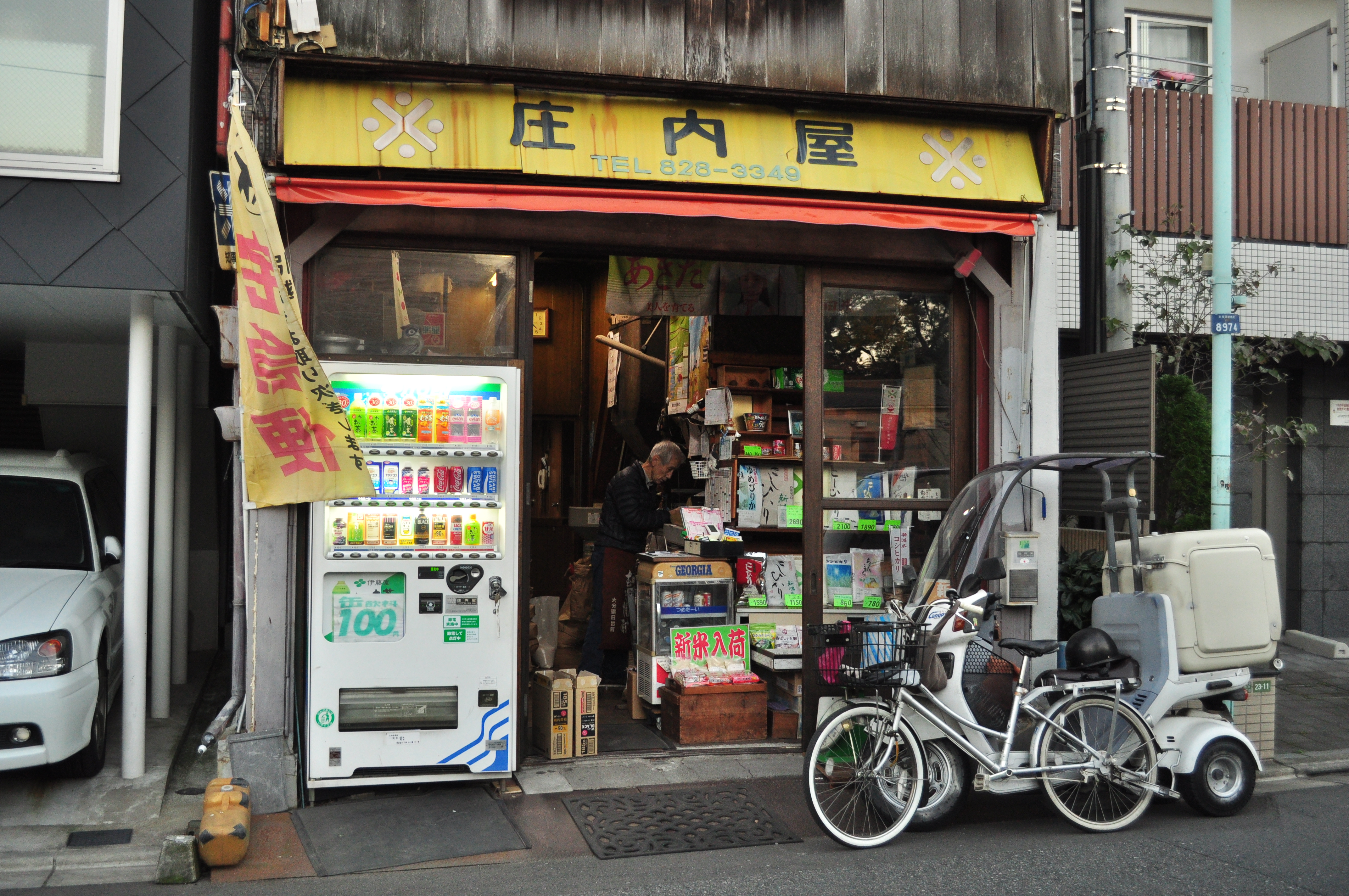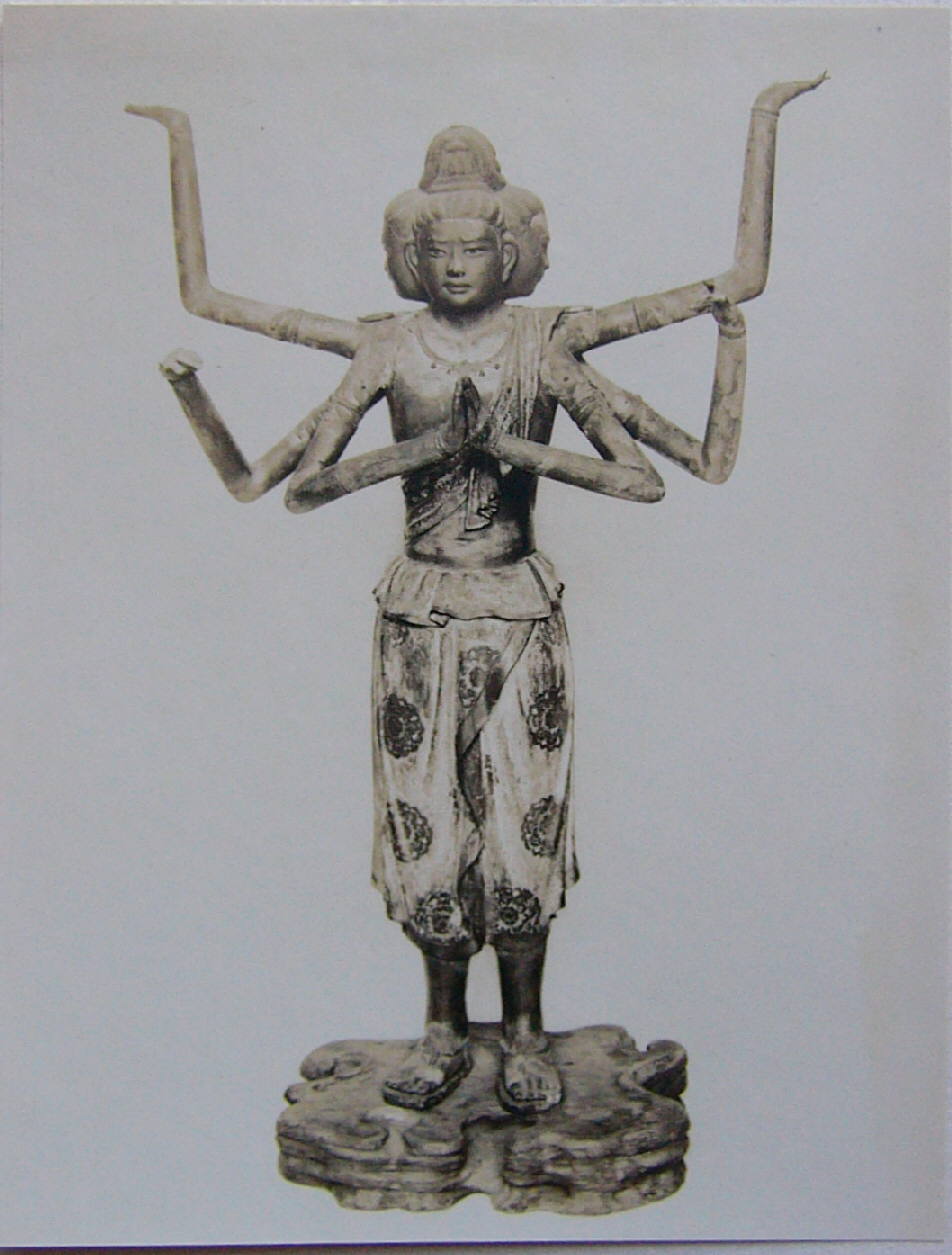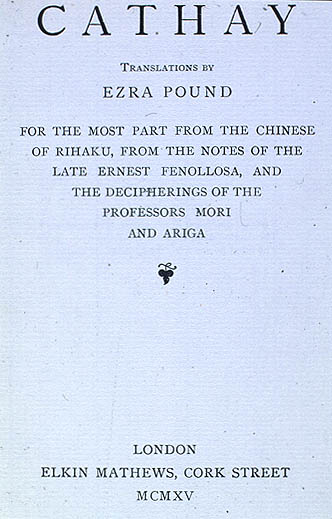|
Nihon Bijutsuin
is a non-governmental artistic organization in Japan dedicated to ''Nihonga'' (Japanese style painting). The academy promotes the art of Nihonga through a biennial exhibition, the ''Inten'' Exhibition . History The Nihon Bijutsuin was founded by Okakura Tenshin in 1898, together with a group of artists, including Hashimoto Gahō, Yokoyama Taikan, Shimomura Kanzan, Hishida Shunsō and several others, in response to Okakura being ousted from the Tokyo School of Fine Arts. Nihon Bijutsuin moved with Okakura to Izura, Ibaraki (now the city of Ibaraki) in 1906. However, Okakura was soon recruited by Ernest Fenollosa to assist in his efforts to introduce Chinese and Japanese arts to the western world via the Museum of Fine Arts, Boston, and soon lost interest in guiding the new organization. When Okakura died in 1913, the group dissolved. Nihon Bijutsuin was resurrected a year later in 1914 under Yokoyama Taikan, who relocated it back to Yanaka, Tokyo. In 1920, separate sections w ... [...More Info...] [...Related Items...] OR: [Wikipedia] [Google] [Baidu] |
Nihonga
''Nihonga'' (, "Japanese-style paintings") are Japanese paintings from about 1900 onwards that have been made in accordance with traditional Japanese artistic conventions, techniques and materials. While based on traditions over a thousand years old, the term was coined in the Meiji period of Imperial Japan, to distinguish such works from Western-style paintings or ''Yōga'' (). History The impetus for reinvigorating traditional painting by developing a more modern Japanese style came largely from many artist/educators, which included Shiokawa Bunrin, Kōno Bairei, Tomioka Tessai and art critics Okakura Tenshin and Ernest Fenollosa, who attempted to combat Meiji Japan's infatuation with Western culture by emphasizing to the Japanese the importance and beauty of native Japanese traditional arts. These two men played important roles in developing the curricula at major art schools, and actively encouraged and patronized artists. ''Nihonga'' was not simply a continuation of olde ... [...More Info...] [...Related Items...] OR: [Wikipedia] [Google] [Baidu] |
Yanaka, Tokyo
Yanaka (谷中) is a sector of Taito, Tokyo, Japan and, along with nearby Nezu and Sendagi neighborhoods in Bunkyo ward, is one of the few Tokyo neighborhoods in which the old Shitamachi atmosphere can still be felt. Located north of Ueno, Yanaka includes the large Yanaka Cemetery, which takes up most of Yanaka 7-chome. The Daimyo Clock Museum is also in Yanaka. There are around 70 privately owned small stores in Yanaka Education Taito City Board of Education operates public elementary and junior high schools. Yanaka 2-7-chome and portions of 1-chome are zoned to Yanaka Elementary School (谷中小学校). Portions of Yanaka 1-chome The Japanese addressing system is used to identify a specific location in Japan. When written in Japanese characters, addresses start with the largest geographical entity and proceed to the most specific one. When written in Latin characters, ad ... are zoned to Shinobu Gaoka Elementary School ( 忍岡小学校). All of Yanaka (1-7-chome) i ... [...More Info...] [...Related Items...] OR: [Wikipedia] [Google] [Baidu] |
Arts In Japan
The arts are a very wide range of human practices of creative expression, storytelling and cultural participation. They encompass multiple diverse and plural modes of thinking, doing and being, in an extremely broad range of media. Both highly dynamic and a characteristically constant feature of human life, they have developed into innovative, stylized and sometimes intricate forms. This is often achieved through sustained and deliberate study, training and/or theorizing within a particular tradition, across generations and even between civilizations. The arts are a vehicle through which human beings cultivate distinct social, cultural and individual identities, while transmitting values, impressions, judgments, ideas, visions, spiritual meanings, patterns of life and experiences across time and space. Prominent examples of the arts include: * visual arts (including architecture, ceramics, drawing, filmmaking, painting, photography, and sculpting), * literary arts (includi ... [...More Info...] [...Related Items...] OR: [Wikipedia] [Google] [Baidu] |
Tokyo Metropolitan Art Museum
The is an art museum in Tokyo, Japan. It is one of Japan's many museums which are supported by a prefectural government. Nussbaum, Louis-Frédéric. (2005)"Museums"in ''Japan Encyclopedia'', pp. 671-673. The current structure, designed by Kunio Maekawa, was completed in 1975. The museum is located in Ueno Park. Access * Ueno Station (with JR East and Tokyo Metro) * Uguisudani Station (with JR East) * Keisei Ueno Station (with Keisei Electric Railway The (stylized as K'SEI since 2001) is a major private railway in Chiba Prefecture and Tokyo, Japan. The name ''Keisei'' is the combination of the kanji 京 from and 成 from , which the railway's main line connects. The combination uses diffe ...) See also * Tokyo Metropolitan Teien Art Museum References External links Tokyo Metropolitan Art Museum [...More Info...] [...Related Items...] OR: [Wikipedia] [Google] [Baidu] |
Mitsukoshi
is an international department store chain with headquarters in Tokyo, Japan. It is a subsidiary of Isetan Mitsukoshi Holdings, which also owns the Isetan department store chain. History It was founded in 1673 with the (shop name) , selling kimono. Ten years later in 1683, Echigoya took a new approach to marketing. Instead of selling by going door-to-door, they set up a store where buyers could purchase goods on the spot with cash. Mitsukoshimae Station on the Tokyo Metro is named after the adjacent Mitsukoshi department store. Mitsukoshi is the root of Mitsui group. In the 1970s, Mitsukoshi bought the Oriental Nakamura department store in Nagoya and re-branded them as . Genichiro Inokuma designed the wrapping paper in white and red. In August 2007, it was announced that Mitsukoshi would merge into Isetan, a major department store in Japan. Mitsukoshi was unlisted on March 26, 2008, and on April 1, it merged with Isetan under a joint holding company called Isetan Mitsu ... [...More Info...] [...Related Items...] OR: [Wikipedia] [Google] [Baidu] |
Japan Academy Of Arts
Japan ( ja, 日本, or , and formally , ''Nihonkoku'') is an island country in East Asia. It is situated in the northwest Pacific Ocean, and is bordered on the west by the Sea of Japan, while extending from the Sea of Okhotsk in the north toward the East China Sea, Philippine Sea, and Taiwan in the south. Japan is a part of the Ring of Fire, and spans an archipelago of 6852 islands covering ; the five main islands are Hokkaido, Honshu (the "mainland"), Shikoku, Kyushu, and Okinawa. Tokyo is the nation's capital and largest city, followed by Yokohama, Osaka, Nagoya, Sapporo, Fukuoka, Kobe, and Kyoto. Japan is the eleventh most populous country in the world, as well as one of the most densely populated and urbanized. About three-fourths of the country's terrain is mountainous, concentrating its population of 123.2 million on narrow coastal plains. Japan is divided into 47 administrative prefectures and eight traditional regions. The Greater Tokyo Area is the most pop ... [...More Info...] [...Related Items...] OR: [Wikipedia] [Google] [Baidu] |
Japan Art Academy
is the highest-ranking official artistic organization in Japan. It is established as an extraordinary organ of the Japanese Agency for Cultural Affairs (文化庁, Bunkacho) in the thirty-first article of the law establishing the Ministry of Education, Culture, Sports, Science and Technology. The Academy discusses art-related issues, advises the Minister of Education, Culture, Sports, Science and Technology on art-related issues, and promotes arts in three categories: 1) fine art, 2) literary arts, 3) music, drama, and dance. It is closely associated with the annual Japan Art Academy Exhibition ''(Nitten''), the premier art exhibition in Japan; the Japan Art Academy originally ran the Nitten but since 1958 the exhibition is run by a separate private institution. The Japan Art Academy headquarters is in Ueno Park, Tokyo. The Japan Art Academy should not be confused with the Japan Art Institute, which is a completely different organization. History The Japan Art Academy was foun ... [...More Info...] [...Related Items...] OR: [Wikipedia] [Google] [Baidu] |
Yōga (art)
is a style of artistic painting in Japan, typically of Japanese subjects, themes, or landscapes, but using Western (European) artistic conventions, techniques, and materials. The term was coined in the Meiji period (1868–1912) to distinguish Western-influenced artwork from indigenous, or more traditional Japanese paintings, or . History Early works European painting was introduced to Japan during the late Muromachi period along with Christian missionaries from Portugal in 1543. Early religious works by Japanese artists in imitation of works brought by the missionaries can be considered some of the earliest forms of ''Yōga''. However, the policy of national seclusion introduced by the Tokugawa bakufu in the Edo period effectively ended the influence of western art on Japanese painting, with the exception of the use of perspective, which was discovered by Japanese artists in sketches found in European medical and scientific texts imported from the Dutch via Nagasaki. ... [...More Info...] [...Related Items...] OR: [Wikipedia] [Google] [Baidu] |
Japanese Sculpture
Sculpture in Japan began with the clay figure. Towards the end of the long Neolithic Jōmon period, some pottery vessels were "flame-rimmed" with extravagant extensions to the rim that can only be called sculptural, and very stylized pottery dogū figures were produced, many with the characteristic "snow-goggle" eyes. During the Kofun period of the 3rd to 6th century CE, haniwa terracotta figures of humans and animals in a simplistic style were erected outside important tombs. The arrival of Buddhism in the 6th century brought with it sophisticated traditions in sculpture, Chinese styles mediated via Korea. The 7th-century Hōryū-ji and its contents have survived more intact than any East Asian Buddhist temple of its date, with works including a ''Shaka Trinity'' of 623 in bronze, showing the historical Buddha flanked by two bodhisattvas and also the Guardian Kings of the Four Directions. Jōchō is said to be one of the greatest Buddhist sculptors not only in the Heian perio ... [...More Info...] [...Related Items...] OR: [Wikipedia] [Google] [Baidu] |
Museum Of Fine Arts, Boston
The Museum of Fine Arts (often abbreviated as MFA Boston or MFA) is an art museum in Boston, Massachusetts. It is the 20th-largest art museum in the world, measured by public gallery area. It contains 8,161 paintings and more than 450,000 works of art, making it one of the most comprehensive collections in the Americas. With more than 1.2 million visitors a year, it is the 52nd–most visited art museum in the world . Founded in 1870 in Copley Square, the museum moved to its current Fenway location in 1909. It is affiliated with the School of the Museum of Fine Arts at Tufts. History 1870–1907 The Museum of Fine Arts was founded in 1870 and was initially located on the top floor of the Boston Athenaeum. Most of its initial collection came from the Athenæum's Art Gallery. Francis Davis Millet, a local artist, was instrumental in starting the art school affiliated with the museum, and in appointing Emil Otto Grundmann as its first director. In 1876, the museum moved to a h ... [...More Info...] [...Related Items...] OR: [Wikipedia] [Google] [Baidu] |
Ernest Fenollosa
Ernest Francisco Fenollosa (February 18, 1853 – September 21, 1908) was an American art historian of Japanese art, professor of philosophy and political economy at Tokyo Imperial University. An important educator during the modernization of Japan during the Meiji Era, Fenollosa was an enthusiastic Orientalist who did much to preserve traditional Japanese art. Biography Fenollosa was born in 1853 as the son of Manuel Francisco Ciriaco Fenollosa, a Spanish pianist born in Málaga in 1818, and Mary Silsbee, a member of a prominent family in Boston. He attended public schools in his hometown of Salem, Massachusetts before studying philosophy and sociology at Harvard College, where he graduated in 1874. He studied for a year at the art school of the Boston Museum of Fine Arts, during which time he married Elizabeth Goodhue Millett. In 1878 he was invited to Japan by American zoologist and Orientalist Edward S. Morse. Fenollosa taught political economy and philosophy at the ... [...More Info...] [...Related Items...] OR: [Wikipedia] [Google] [Baidu] |







